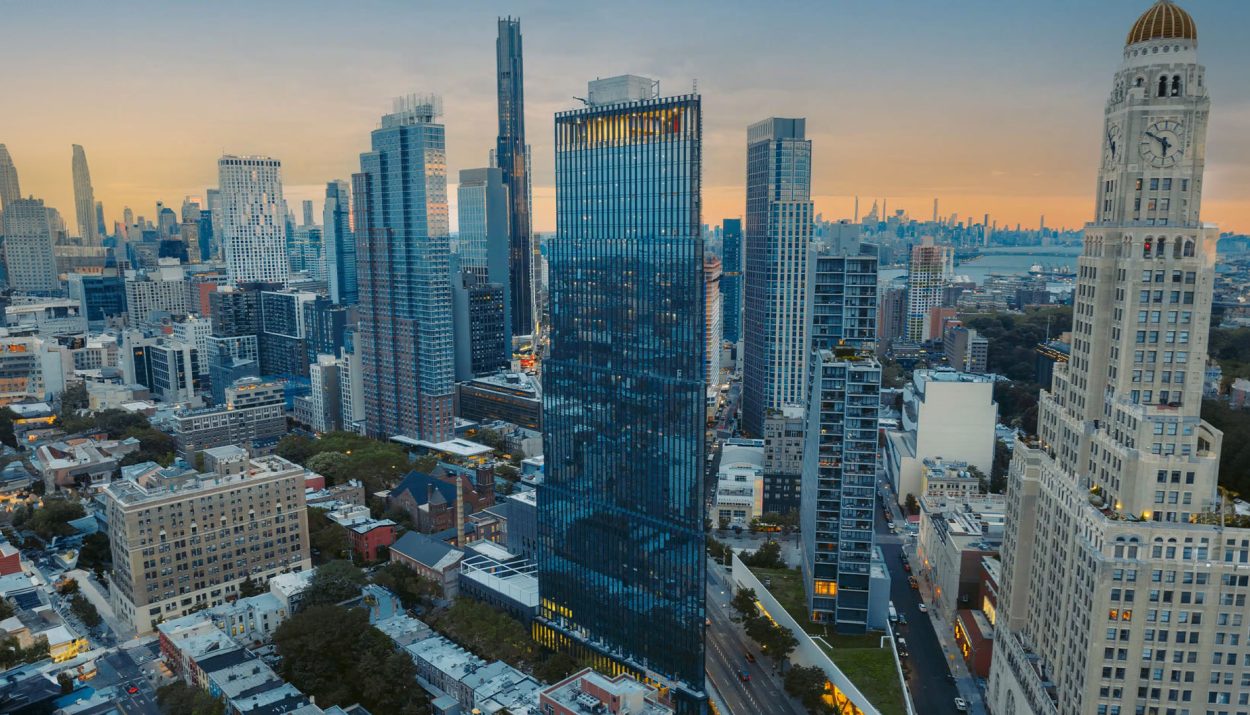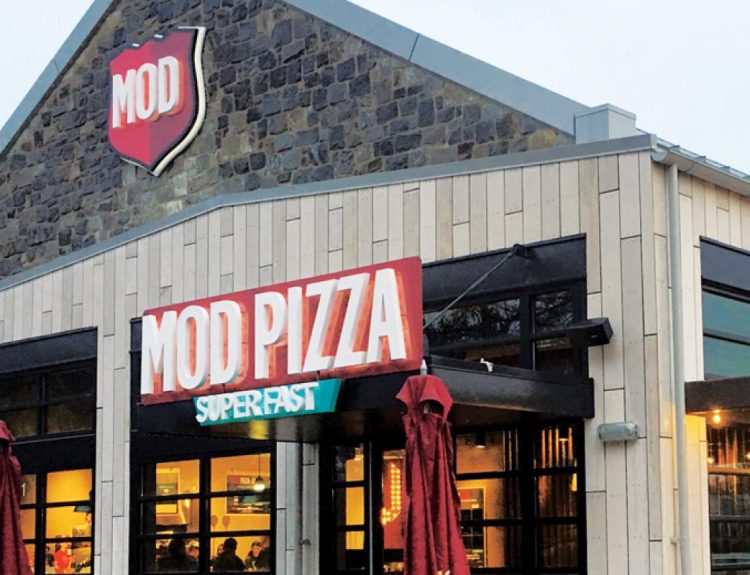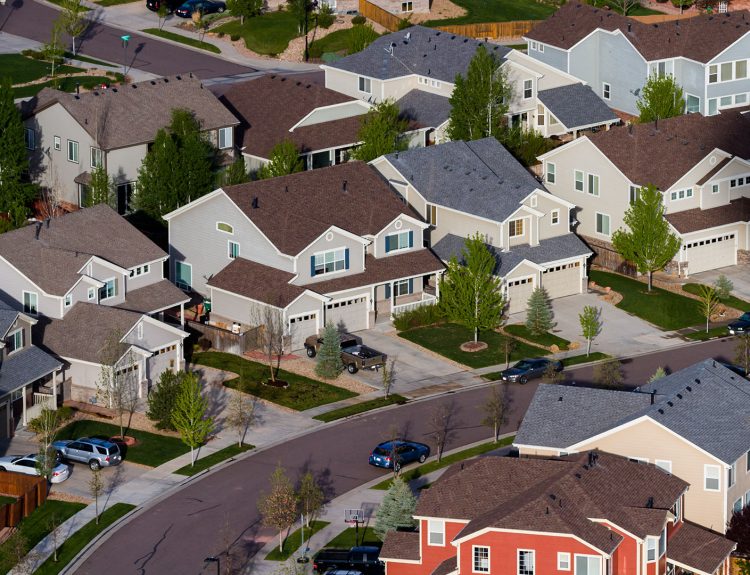The first ever all-electric skyscraper in New York City on 505 State Street, is getting close to being finished. It’s expected to be done sometime in 2024. This building will have 440 apartments that run entirely on electricity. Its developers hope that there can be more buildings like it in the future.
“Our perspective, certainly, is that we have an obligation as architects and developers to instigate change. To show what’s possible. And the technology is now with us such that we can make this change,” said Jared Della Valle, CEO of Alloy, the company building the 44-story skyscraper, per Yale Climate Connections (YCC).
A Peep Into The Future
When it opens for residents this spring, the 44-story tower in Brooklyn will show us what future buildings might look like. It will be powered completely by electricity and won’t use any fossil fuels on-site.

That makes it the first tower in New York City to do this. In a world where most homes still use gas stoves and furnaces, this building is a big step for the environment. It’s like it’s ahead of its time, by years or even decades.
It Wasn’t So Difficult
But its designers and developers say this oddity of a building wasn’t really that hard to pull off. They just had to make the building need less electricity and then find the right equipment to give it that power from the grid, without using anything else.

Alloy Development, a real estate firm in New York is behind the building project. The firm is comprised of mainly architects. They not only invest money to bring their projects to reality but also design them.
Alloy’s Green Mission: Carbon-Neutral Living
Their main focus is on making buildings that are good for the environment, aiming for carbon neutrality. The tower at 505 State Street is part of a bigger project Alloy has been working on for eight years.
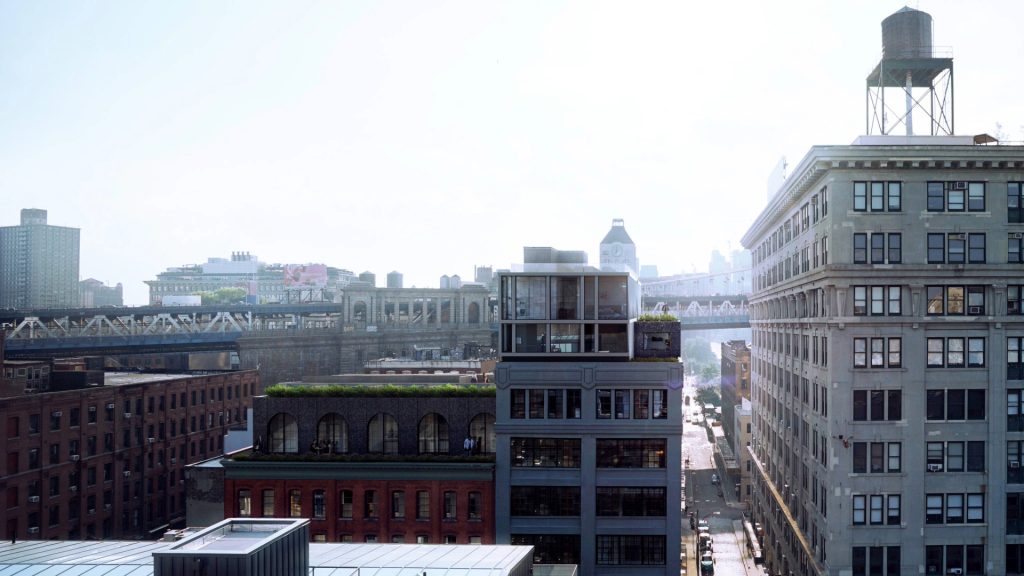
From the start, they decided to make the 440-unit tower all-electric, even though they weren’t sure how to do it back then. While all-electric homes for one family are common, it’s different when you’re talking about 440 apartments.
Unlocking All-Electric Living
Alloy’s designers and engineers had to think about the building’s systems as a whole. They realized that using renewable energy on-site, making the whole building more energy-efficient, and choosing energy-saving appliances for each unit were all linked.
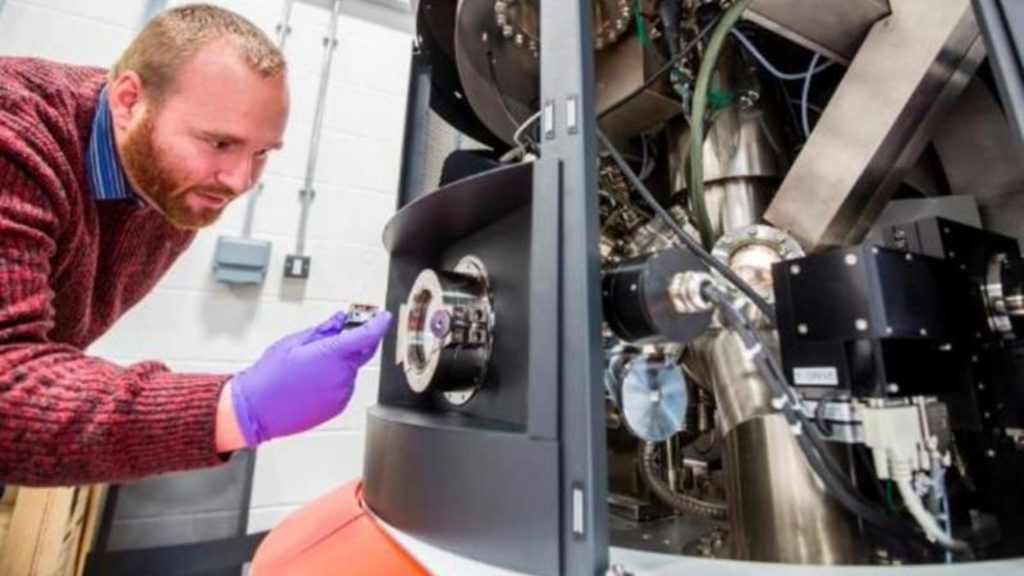
By reducing the building’s overall energy use in these different ways, they could make going all-electric possible. Once they figured out that was the answer, they just had to figure out how to make it happen.
Providing Hot Water For 440 Apartments
Jared Della Valle, the CEO of Alloy Development, explained that the biggest challenge they faced was figuring out how to provide hot water for all 440 apartments.
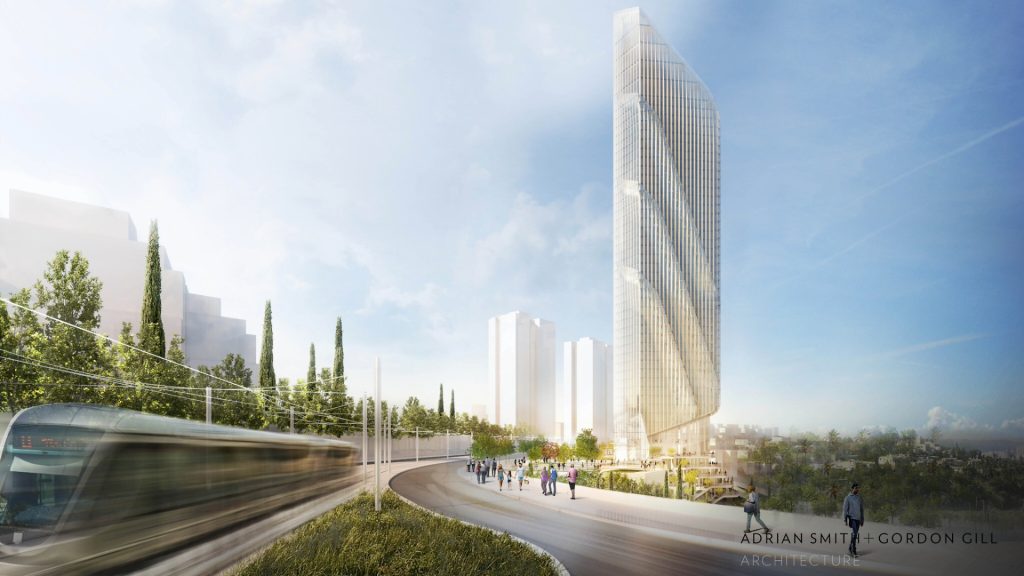
He mentioned that the amount of hot water needed for so many apartments is significant. Normally, the equipment required to heat that much water is large and relies on burning gas for energy.
The Secret Is Insulation
However, for big buildings like theirs, there weren’t many suitable options available. To use the electric-powered equipment for heating water, the designers had to lower the amount of hot water the building would use.

Jared Della Valle explained that this part was relatively simple. He said, “The best way to make buildings more efficient is by improving their outer walls and windows.”
Reducing Heating And Cooling Needs
By making the exterior walls better insulated and using triple-glazed windows, they can reduce the building’s need for heating and cooling.
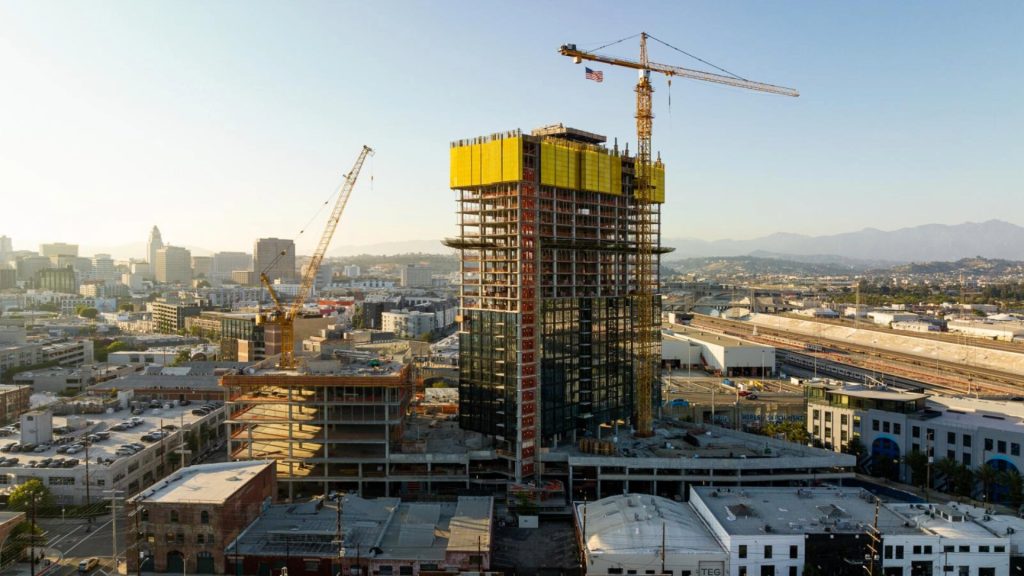
Della Valle added, “When you need less heating and cooling, you use less energy overall. That means we can make our systems smaller and still meet the building’s needs for hot water and energy.” He concluded, “It’s not that hard in the end.”
New Regulations Drive Carbon Reduction
A lot has changed since they first planned this building. New laws and rules are making the building industry use designs and tech that cut down on or totally get rid of carbon emissions.
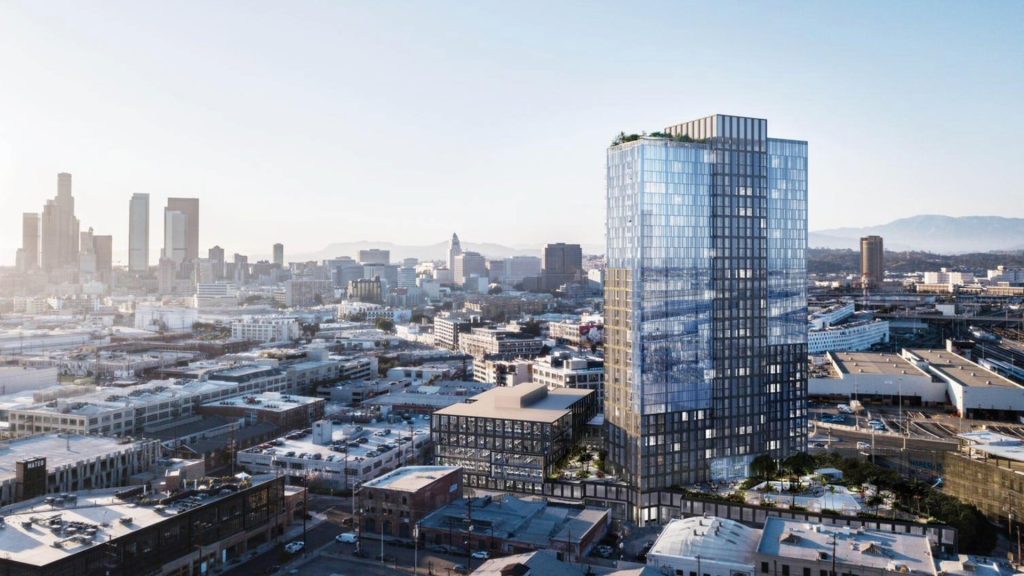
One big law, the Inflation Reduction Act of 2022, says we have to drastically cut carbon from energy and buildings. In New York City, there’s Local Law 97, which soon will make big buildings keep their carbon emissions low.
Necessity Meets Preference
These rules mean projects like an all-electric skyscraper aren’t just cool ideas anymore, they’re necessary. Building partnerships with utilities, like 505 State Street buying solar energy from Con Edison, will help meet these goals.

There’s also change happening with what people want. It’s good news for Alloy because fewer people are expecting gas stoves in homes. Della Valle says, “Wanting electric cooking is new.”
Induction Cooking The Way To Go
This makes it easier to use new, super-efficient cooking appliances that don’t need gas in this project. Della Valle also says, “People are starting to like induction cooking more.” So, every unit in the building has an induction cooktop.

When they first thought about the building, Della Valle says it seemed like something they could do, though not exactly simple.
Building With The Future In Mind
About five years later, with the building almost finished, the conditions in the market, regulations, and tools needed to make it happen are easier to get. He says, “The technology started to come toward us.”

Nonetheless, he argued that it took more than a set of lucky events. With the number of years it can take to get a building finished and the even longer years it will stand, responsible designers and developers should factor in future conditions into their projects.
Pedal-Friendly Living
They’re also making space for 200 bicycles, so people living there can easily bike around, which is great for the planet. Living in the first all-electric skyscraper in New York City, located in one of the fancier neighborhoods, won’t be cheap.

Right now, the prices for available apartments range from $3,475 a month for a small one to $11,200 for a big three-bedroom.
Carbon Neutral Building Without Compromise
Alloy bills the building as “Carbon Neutral Living, Without Compromise.” To make sure they keep that promise, they have things like special stovetops that use electricity instead of gas, and dryers that also use electricity to stay efficient.
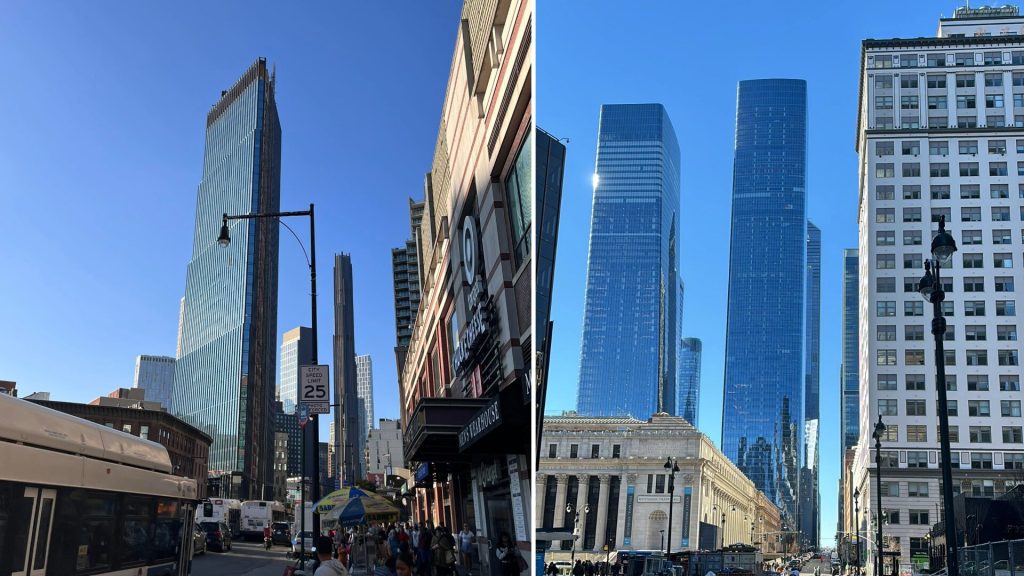
Making really tall buildings like skyscrapers eco-friendly has been tough for developers. But now, more of them are trying new ideas. These include wooden skyscrapers, which are starting to pop up worldwide, and an “upcycled skyscraper” in Sydney.

